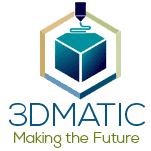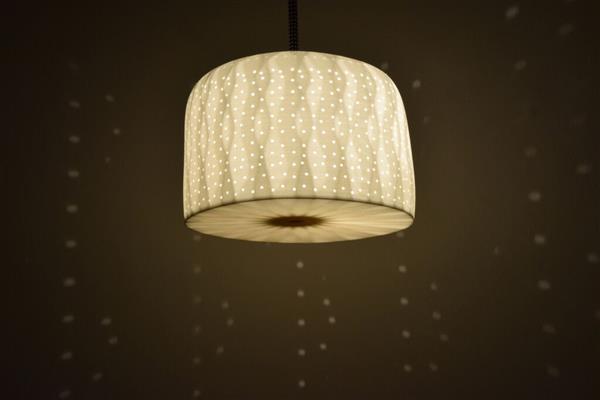While the idea of repurposing 3D-printed lamps into hearing aids with Absorblight is an interesting concept, it’s important to address some limitations. Currently, 3D printing technology and Absorblight aren’t at a stage where they can create functional hearing aids.
Here’s a revised article that explores the innovative concept behind Absorblight and the future potential of 3D printing in hearing technology:
A Glimpse into the Future: Could 3D Printing Revolutionize Hearing Aids?
Imagine a world where hearing aids are not only discreet but also customizable and integrate seamlessly with your style. Belgian architect Bruno Vereecke’s concept, Absorblight, proposed a glimpse into this future.
The Intriguing Idea of Absorblight
Vereecke envisioned a revolutionary design where a 3D printed lamp transforms into a hearing aid. The lamp, featuring a unique design, could be customized and worn. The top portion of the lamp would absorb surrounding noise, while strategically placed lights would illuminate facial features, aiding lip reading for the hard of hearing.
Challenges and Considerations
While the Absorblight concept is captivating, there are significant challenges to overcome before it can become a reality. Here’s a breakdown of some key hurdles:
- Functionality: Current 3D printing technology lacks the precision and miniaturization required for sophisticated medical devices like hearing aids. Hearing aids require complex internal components that translate sound waves into electrical signals for the wearer.
- Regulations: Hearing aids are classified as medical devices and must undergo rigorous testing and approval processes before being marketed to the public.
- Hygiene and Safety: The concept of a light-emitting device worn on the ear raises concerns about hygiene and potential safety hazards for the wearer.
The Future of 3D Printing in Hearing Technology
Even though Absorblight might not be feasible with current technology, 3D printing holds immense promise for the future of hearing aids. Here’s how:
- Customization: 3D printing allows for creating customized hearing aids tailored to the wearer’s ear canal shape and hearing loss. This can significantly improve comfort and fit compared to mass-produced options.
- Accessibility: 3D printing has the potential to make hearing aids more affordable and accessible in the long run.
- Integration with Existing Technologies: 3D printed components could be integrated with existing hearing aid technology, offering new functionalities or improved aesthetics.
Looking Forward: A Collaborative Approach
The path towards revolutionary hearing aids will likely involve collaboration between designers, engineers, audiologists, and material scientists. Advancements in 3D printing technology, miniaturization of electronics, and biocompatible materials are crucial for bringing innovative hearing solutions to life.
Conclusion
While the Absorblight concept highlights the potential for creative solutions, significant advancements are needed before 3D printed lamps become hearing aids. However, 3D printing holds undeniable promise for the future of hearing technology, offering possibilities for customization, accessibility, and improved user experience.

